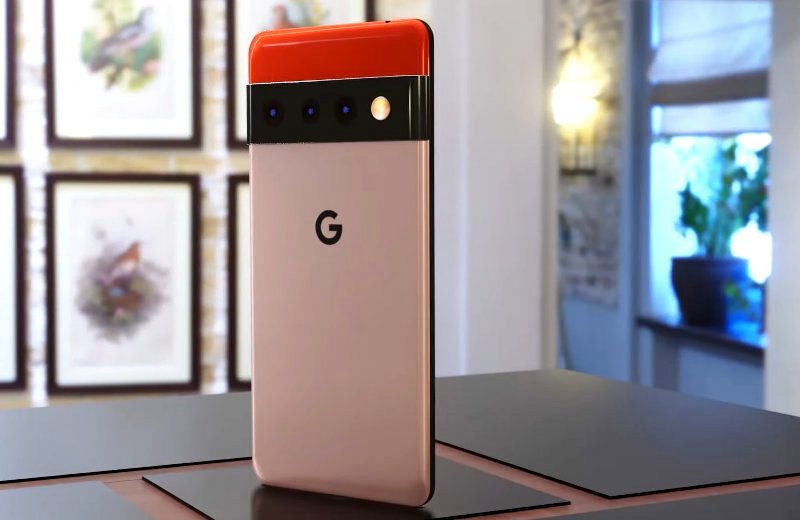On Monday, Google announced that its new Pixel 6 and Pixel Pro phones will use a new smartphone processor called Google Tensor. In this case, Google is abandoning Qualcomm and following in the footsteps of Apple, which is also using its own processors instead of Intel chips.

Google’s intention implies another example of a company creating its own chips to offer something it believed wasn’t achievable with those already on the market.
Google, like Apple, is working on an Arm-based architecture. This architecture delivers low-power Arm processors used for mobile devices across the industry, from phones to laptops and tablets.
“We will continue to collaborate with Google on current and later products based on its Snapdragon platform,” Qualcomm said.
Google said the new processor will power flagship phones that will launch in October. More details about those phones will be shared closer to launch.
Analysts called it a strategy shift for Google, which, in past years, has worked to make its Pixel phones affordable instead of offering high-end devices. This move shows that the company is again focused on competing against Samsung and Apple in the flagship space.
Google’s new processor’s name is a nod to its Tensor Processing Unit, which the company already uses for cloud computing.
Built on a chip, or SOC, Google Tensor is said to be a complete system. It can deliver big improvements to phone video and photo processing, along with features like translation and voice-to-speech.
It has a dedicated processor that manages artificial intelligence applications and a GPU, CPU, and image signal processor. Instead of just sending information to the cloud, the new processor will enable the phone to process more data on the device.
Rick Osterloh, Google’s hardware chief, explains that the problem with Pixels is that the company keeps using the existing off-the-shelf technology, and it has become challenging to receive the most advanced stuff from research teams onto the phone.
“It is really going to meet what we can execute on the phone with AI and machine learning,” Osterloh said.
Osterloh further said the new chip will improve the ability of Google’s phones to take better videos and photos. It will be a custom computer built for computational photography.
Google’s claim that its new chip will improve picture quality is a big one because Pixel phones are already powered by some of the market’s best cameras. However, the company showed an example of how the new chip can reduce blurring during subject movement in a video. The same technology can now be used to improve videos, which wasn’t possible with earlier chips.
The company also showed other examples, such as a faster and more precise text-to-speech function when speaking out a text message and a new offline translation function for video captioning.
Those are clear examples of the power of the newly developed chip by Google, but they are probably not enough to make people choose a Pixel over an iPhone or a Samsung device. And that’s the issue Google truly needs to cope with getting more people to buy a Pixel phone in the first preference.
Most of Google’s earlier phones were also nice, but the company needs to launch more marketing campaigns to make consumers aware of the products or that they’re fine.
The company needed help getting all the principal carriers to offer its earlier models to them, and it still needs to be clarified if it has all of them on board now. However, Osterloh stated that Google expects a big marketing push around its Pixel 6 and Pixel 6 Pro devices in the fall, with the ambition to continue manufacturing more flagship-tier phones.

